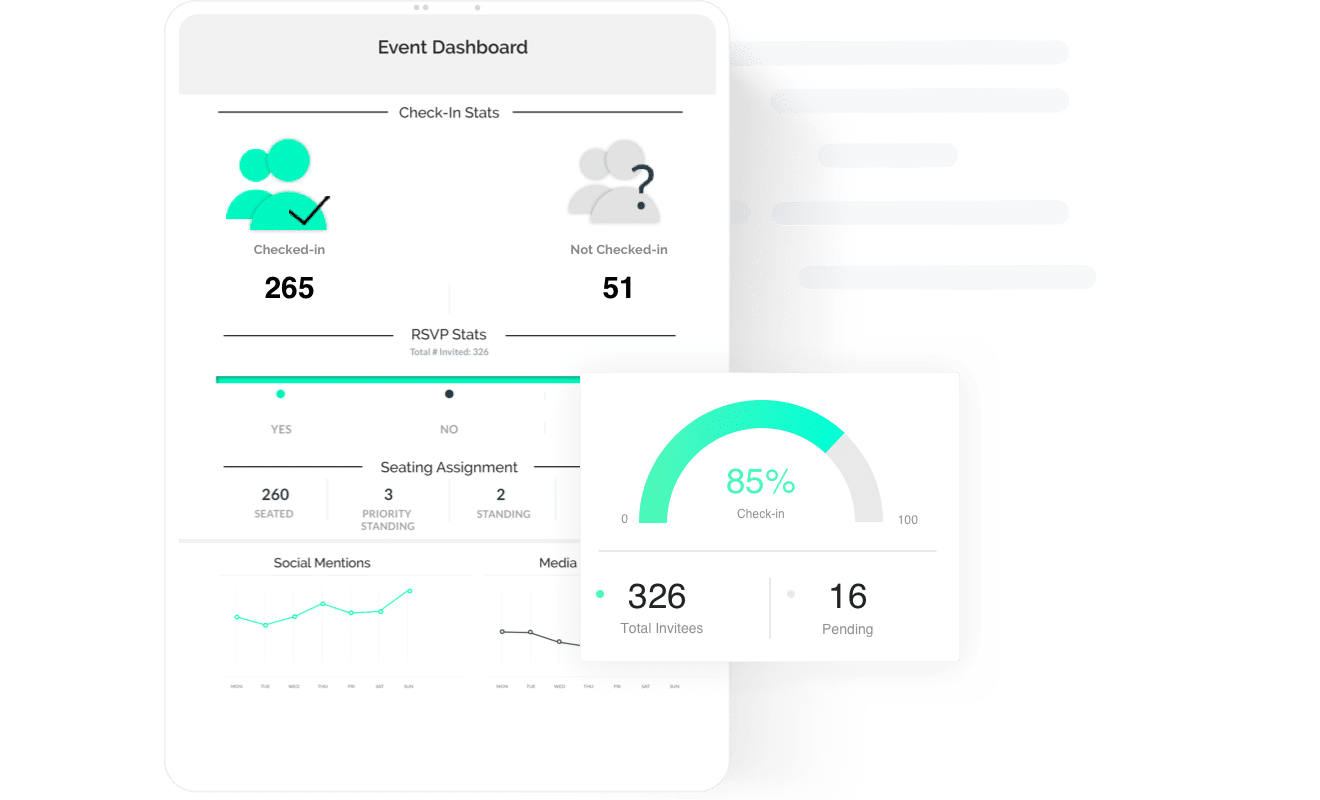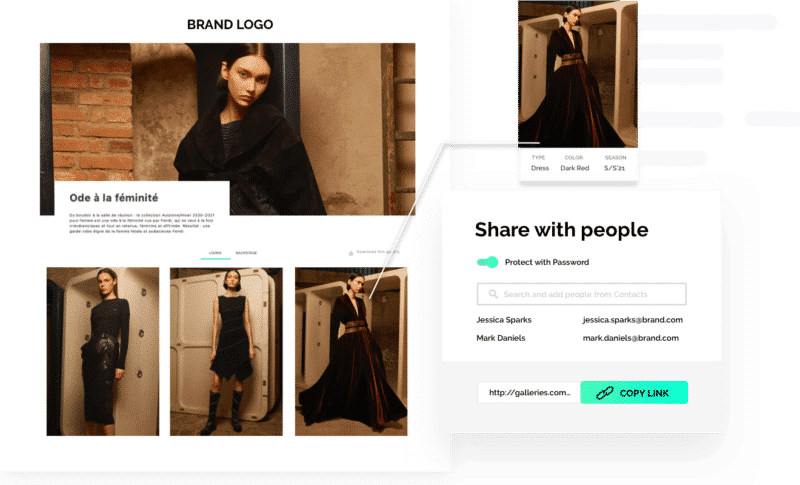A unified event management strategy is vital for the overall success of an event (whether digital or physical) - but how do you know if it has worked? Breaking down the elements and measuring the performance of your event using the right tools is the best way to understand the impact of your event, gain insights for the improvement of future events, and determine the ROI of your marketing efforts.
In this article you’ll learn…
Leverage the guestlist
There are many moving elements within an event as part of a 360-degree campaign or strategy, so ensuring that the right Voices are in attendance (Media, Celebrities, Influencers, Partners) is key. Your strategy should include key attendees that will encourage people to come together and drive conversations around your brand and marketing campaigns. The theme of the event should draw people in and also present opportunities to connect and network with industry insiders, whether face-to-face or via live-streamed content with the public or a dedicated guest list.
To evaluate event metrics and compare your KPIs for event management, firstly you must look at the event confirmations, RSVPs, and overall attendance. And in the case of an online event, measuring the average attendance duration will also help gain clarity on attendee involvement.
Embracing digitization is a great way to speed up the evaluation process and get more accurate data, and avoid manually searching through your emails and documents of printed attendance list details. Instead, leverage digital events tools with reporting features will provide quick and easy access to a master list of all the guests that were in attendance, see precisely where they sat during the in-person event, who RSVP’d via email, and when, and collate any event-related documents in one place.

Was the event buzzworthy?
An important question to ask when evaluating an event is, did this event generate much buzz? Getting the right media coverage, as well as online buzz, is essential for generating top Media Impact Value™. Brands need to utilize software to measure cross-channel, cross-Voice and cross-market impact to better understand the performance and ROI of your 360-degree strategies.
Almost all branded events, runway shows, pop-up shops, and launches have one ultimate goal: to generate the biggest buzz, in hopes of creating an impact that goes far beyond the four walls of the venue. The phrase: “pics or it didn’t happen” has never been more fitting. In this case, it’s likes, double taps, retweets, and viral posts. Social media influencers play a critical role in generating buzz from inside your events to sharing it on their social channels. So, how do you know whether you invited the right influencers—and prove that your event was successful?
Harper’s Bazaar tackled the challenge of measuring the ROI from one of their biggest events of the season. See how the publication evaluated the impact of their Women of the Year Awards. Post-event analysis doesn’t have to be complicated. Rely less on guesswork, and try using the following metrics to evaluate your influencers’ impact.
3 Metrics to use for your Post-Event Analysis
Share of Voice
Just how much buzz is being generated by the influencers invited to your events? This can be measured by how much attention and chatter they created from their event-related posts. The ideal guests will start with one or two posts surrounding your event and let the conversation grow through engagement and interactions from outside voices. Look beyond your influencers’ posts and utilize digital tools to help focus on the impact they’re creating and how it affects brand performance and value. The goal here isn’t to shout the loudest, but to create the largest buzz.
Engagement Ratio
So, how do you know if you’ve invited the right influencers? The key is to focus on how engaged their follower base is, rather than their sheer reach. An influencer may have 750K followers, but if only 10K of those followers engage with posts about your event, it could indicate your brand doesn’t resonate well with this influencer’s audience. Higher engagement ratios help amplify your events and create the organic buzz you’re looking for.
Audiences Activated
Luxury brands should take a look at the different communities and audiences who were engaged with their events. What were the top keywords and topics associated with the event and whose voices led them? This data allows you to assess the markets you’re resonating with, those that were underreached, and even potential new communities to explore.
Measure the impact of your collection
Whether launching a new collection, hosting a fashion show, or just creating an experience for attendees, making sure that your brand its products are front and center is vital. And a great way to manage and measure the interest in these items is through effective sample management and proper handling of imagery and digital assets.
Editors, writers, and stylists want to receive the right samples for their photoshoot or event in the fastest way possible. So a well-optimized sample management strategy can help increase coverage for your collection and therefore Media Impact Value™ and exposure. In order to keep close track of product interest, the number of downloads, and ultimately ensure that all requests are fulfilled, an event management tool could schedule the distribution of your collection assets as soon as the show ends. This would include images of each style, collection details, and press contacts, as well as a link to a virtual showroom through which guests will be able to request samples.

Events are significant investments so it’s important to take the time to properly evaluate success. Assessing the overall impact provides many insights that will help you put on your best show—every single time. Organization is key in running a seamless event so it’s important not to miss anything in the initial planning phase, but measuring your event management strategy and its results is the best way to determine the effectiveness of these plans and their effect on ROI.
Events Management software that is focused on bringing the brand experience to life for different marketing campaigns and product launches can help revolutionize your strategy and results for future events - learn more by clicking the banner below!

